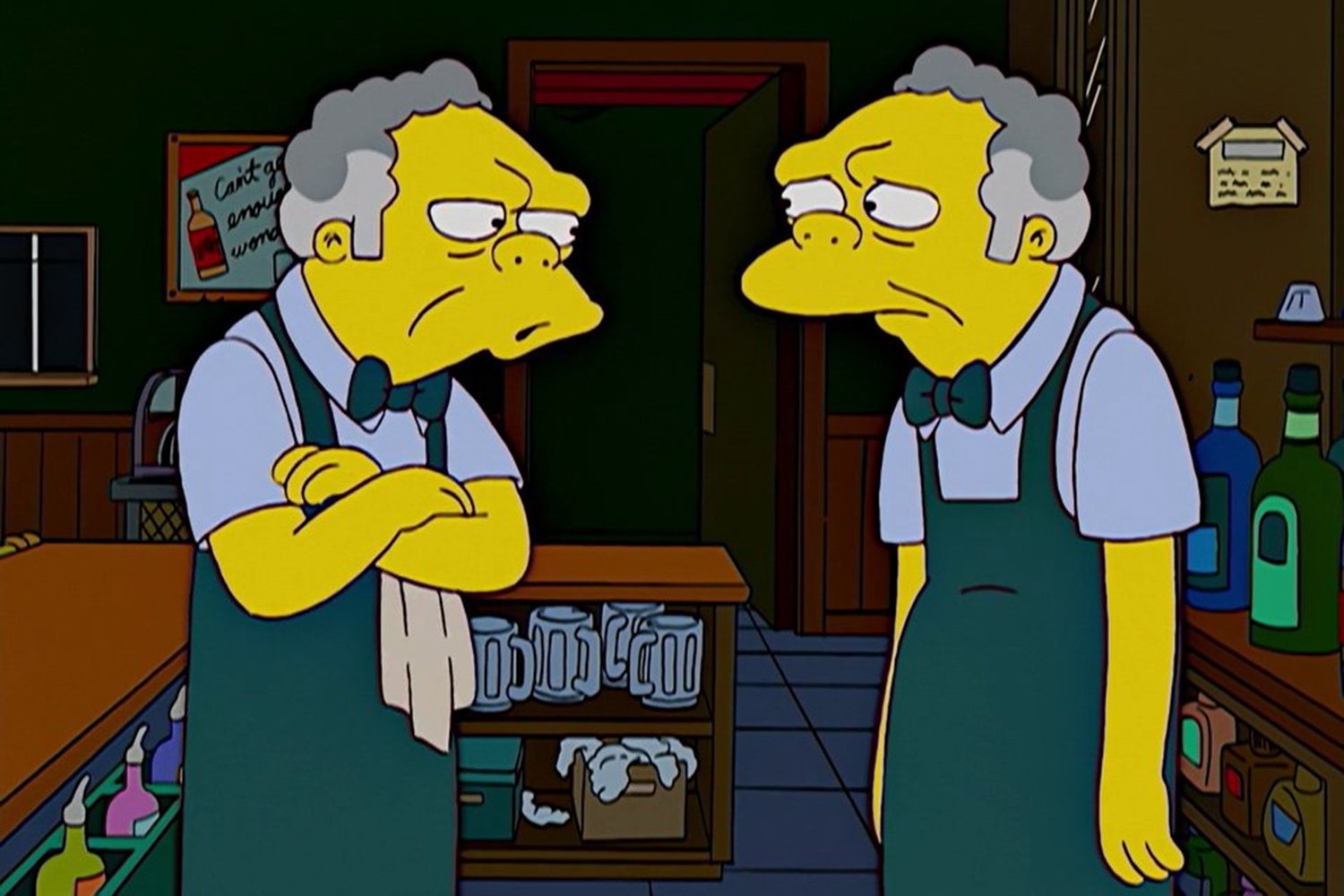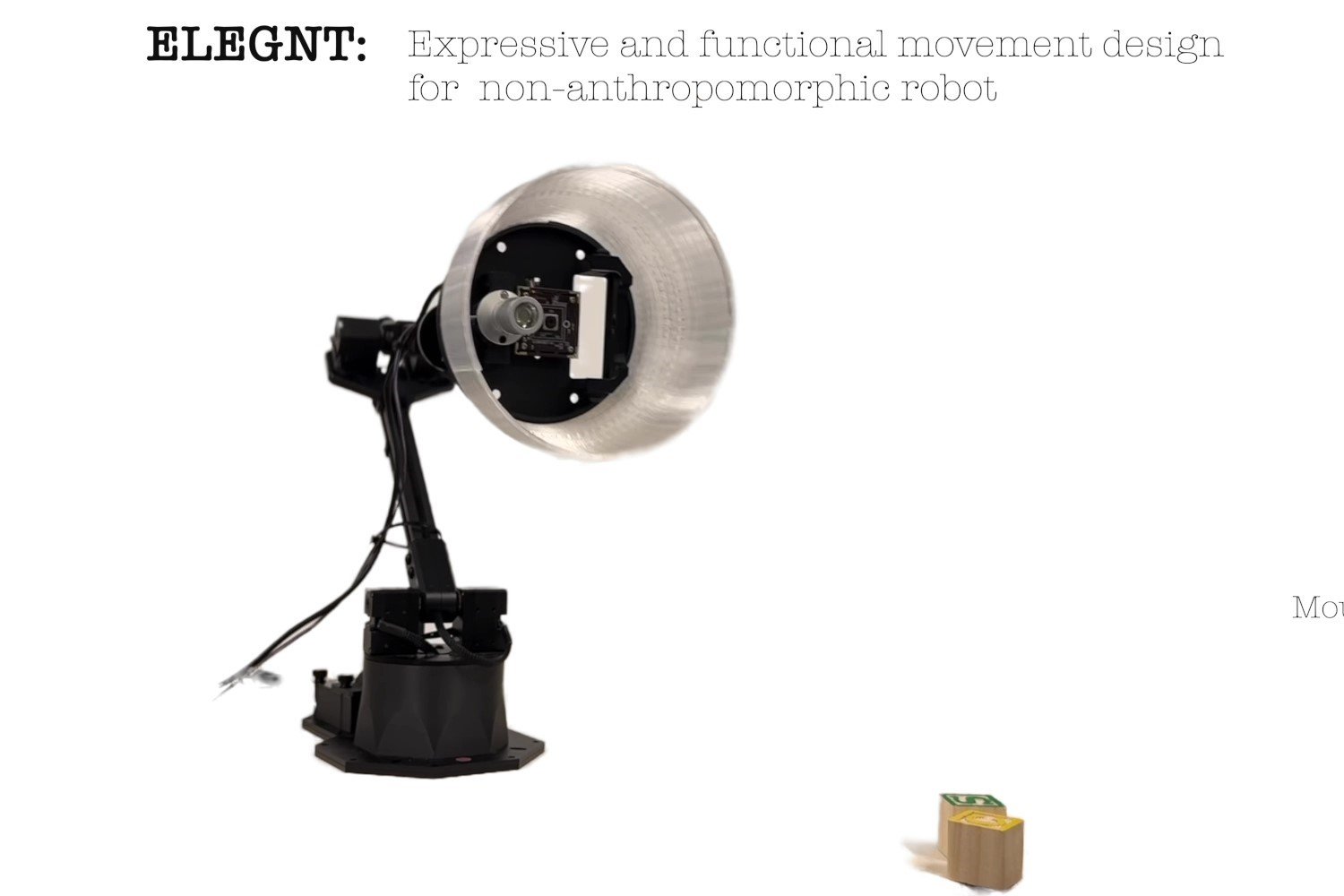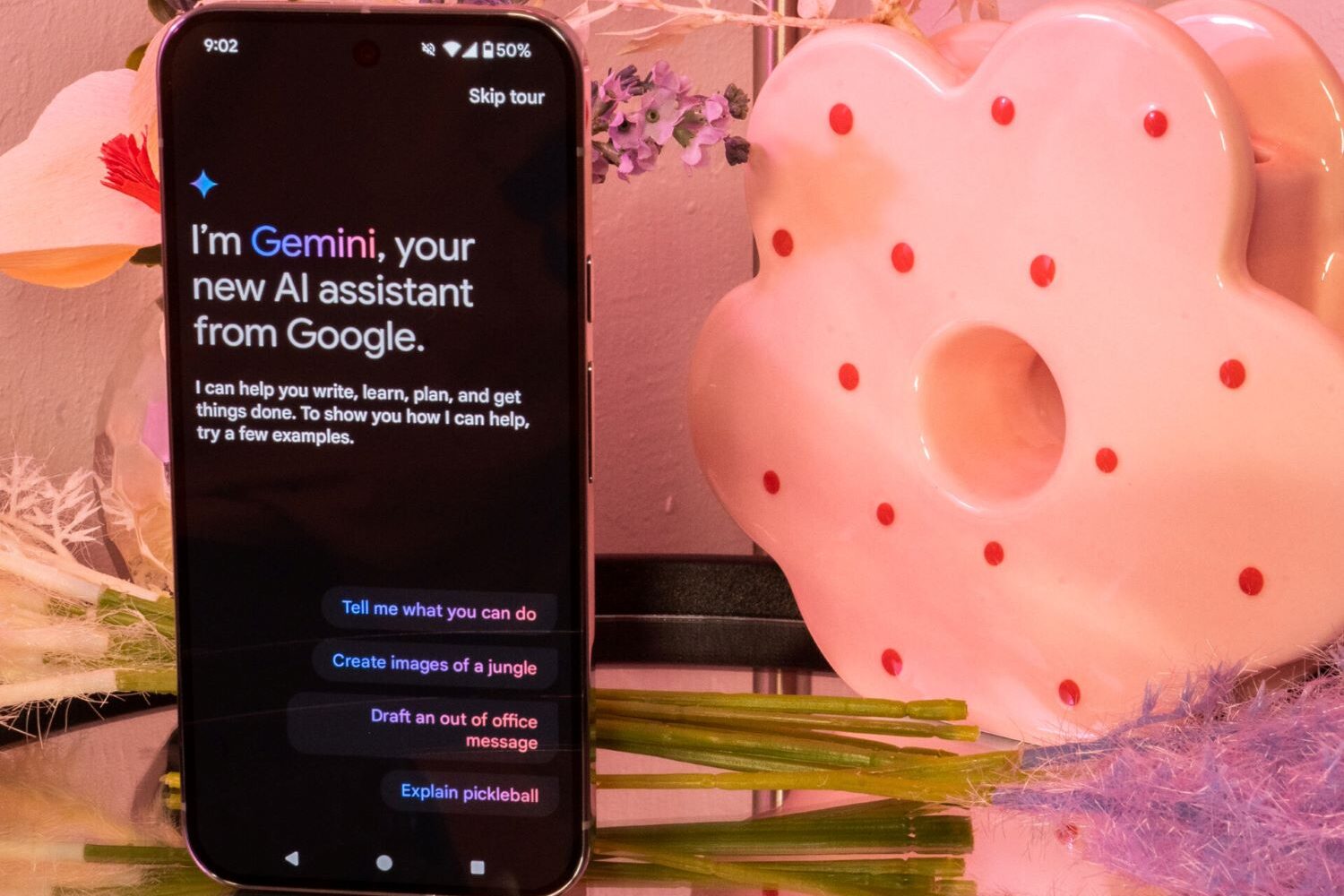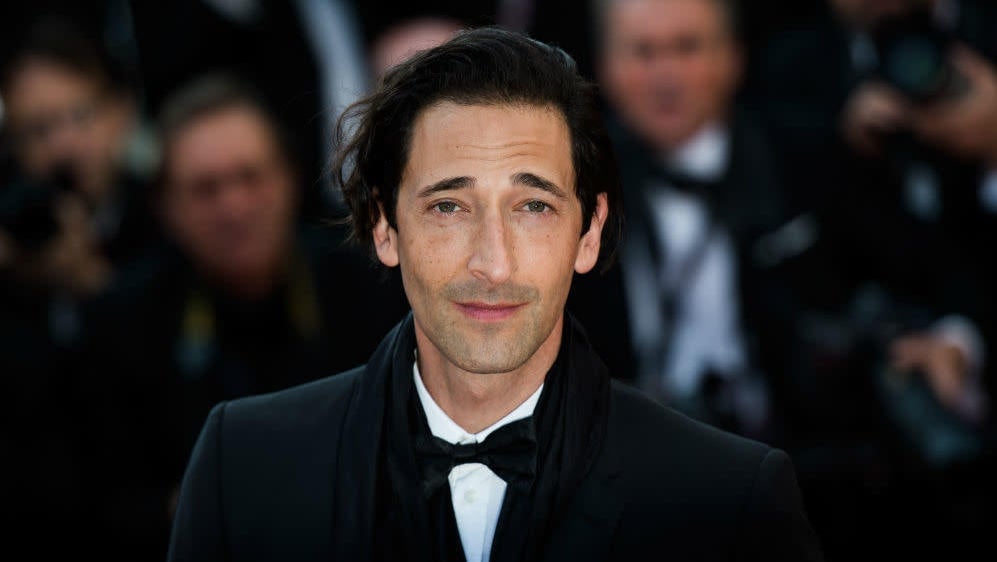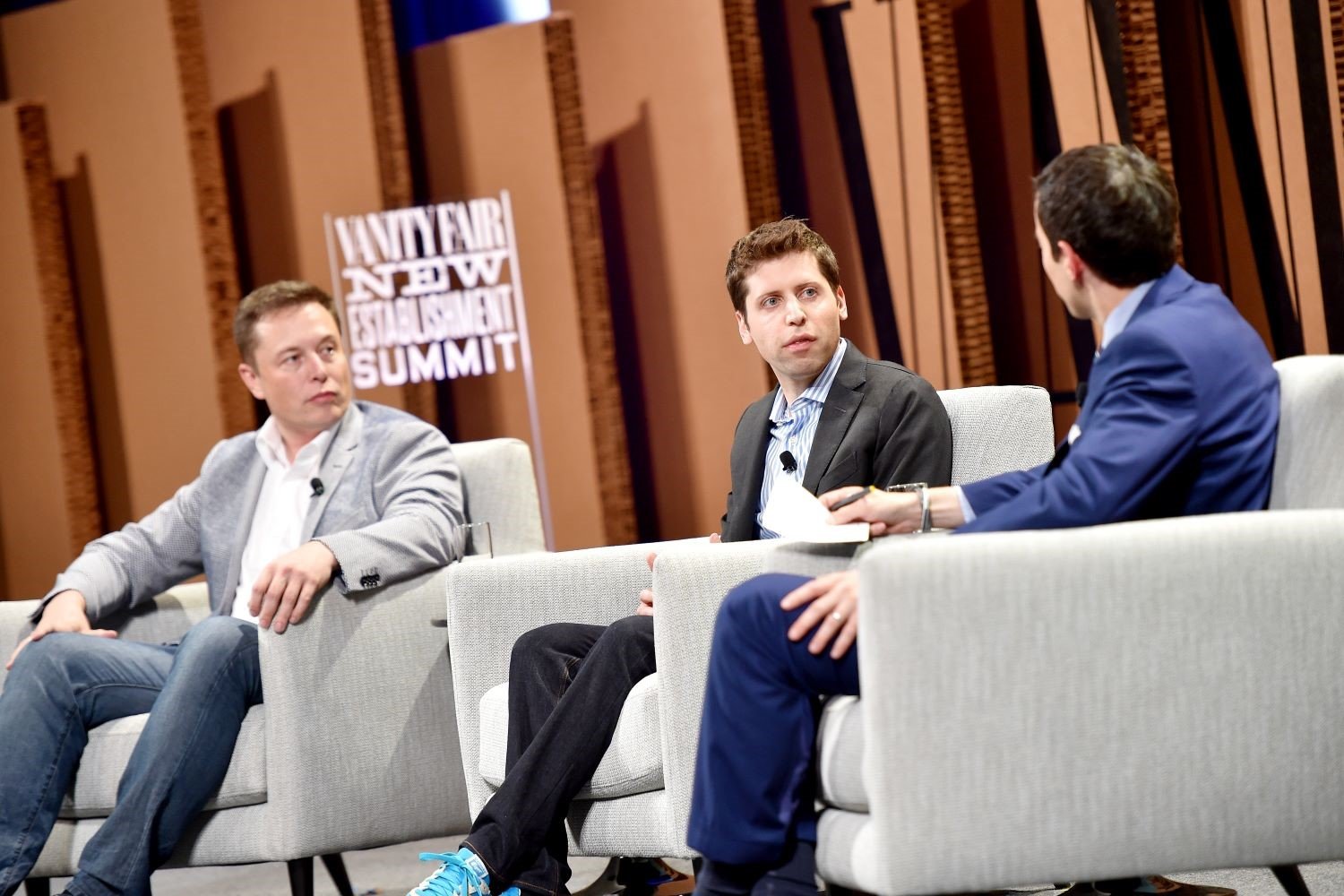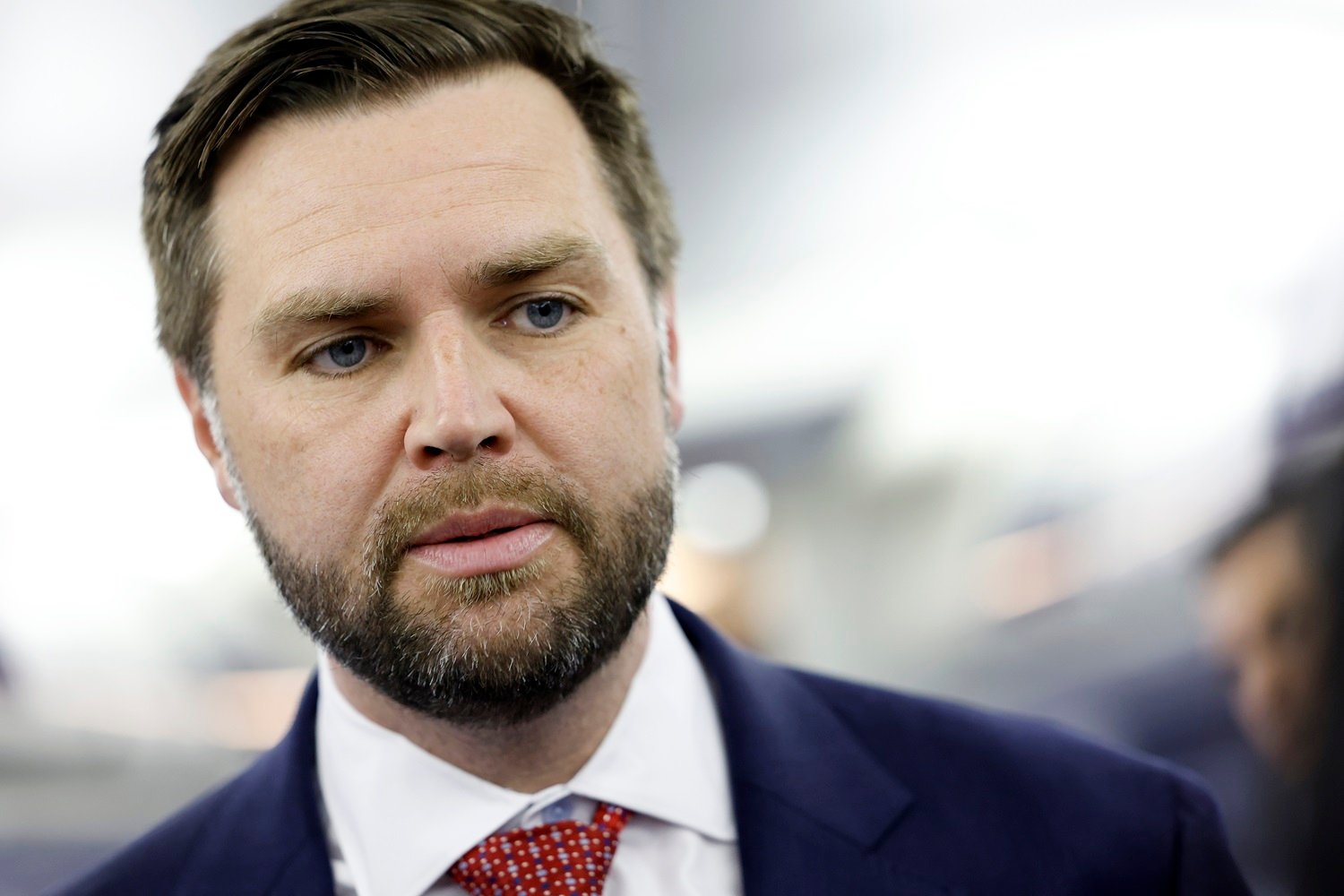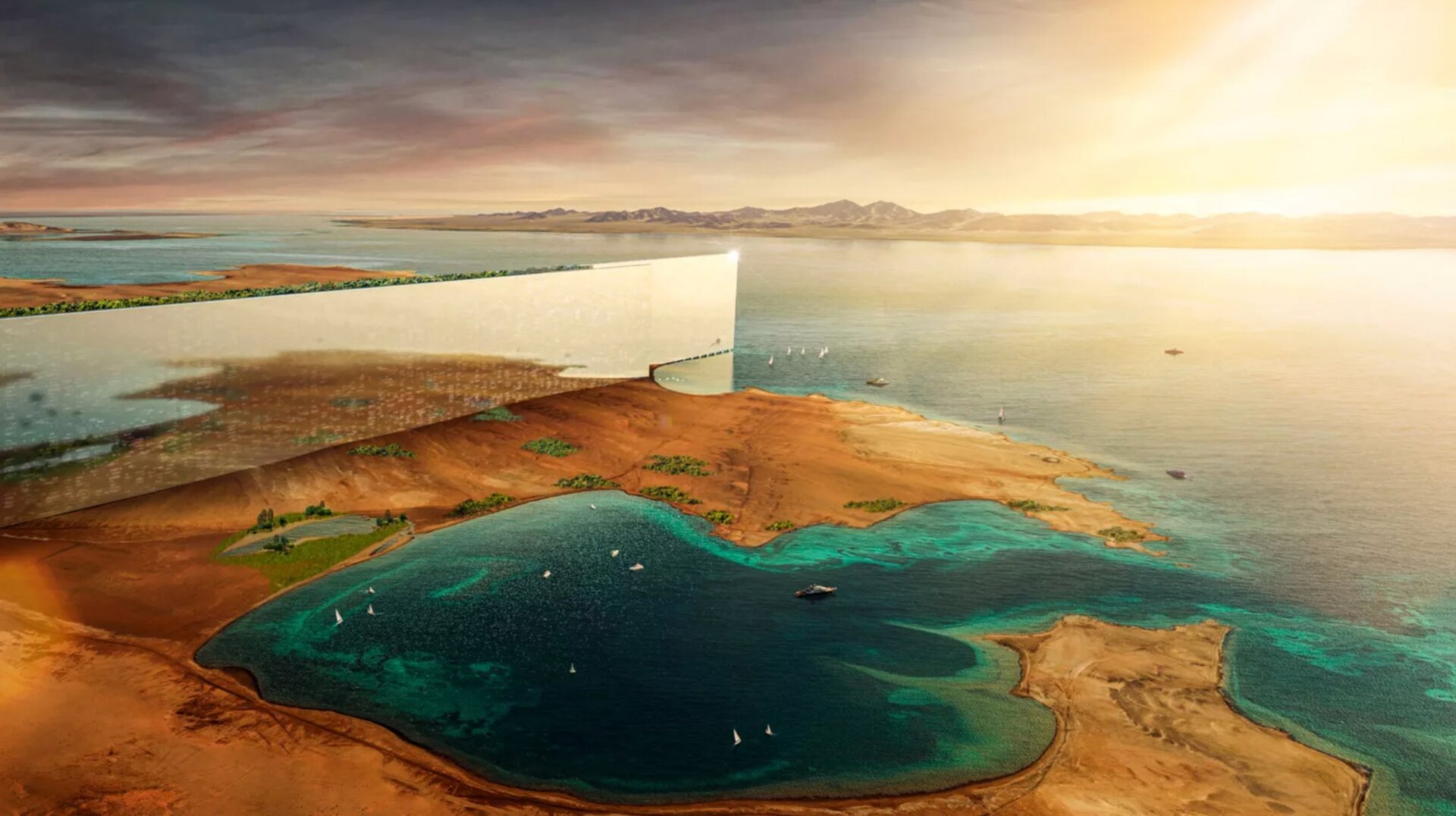The entertainment industry stands at a precipice, grappling with the double-edged sword of artificial intelligence. While AI offers tantalizing possibilities, its potential misuse casts a long shadow, threatening the very essence of artistic expression. Hank Azaria, the voice behind numerous iconic Simpsons characters, recently voiced his concerns in a New York Times essay, fearing that AI could be used to perpetuate the show indefinitely, even after the cast is gone. This raises a critical question: what happens when technology usurps the human element in art?
The Rise of Digital Resurrection
Azaria’s fears are not unfounded. We’ve already witnessed the digital resurrection of deceased actors like Peter Cushing in Star Wars and the preservation of James Earl Jones’s voice as Darth Vader, ensuring the character’s immortality. Even music isn’t immune. Last year, The Beatles released a new number one single, decades after John Lennon’s passing, thanks to AI technology. George Carlin’s stand-up routines have been fed into LLMs, producing imitations that, while technically proficient, lack the soul of the original. These examples underscore the growing trend of utilizing AI to recreate and perpetuate artistic works, blurring the lines between homage and exploitation.
The Human Element: An Irreplaceable Factor
These AI recreations often come close, but they invariably fall short. As Azaria points out, there’s a discernible lack of humanness, a subtle but crucial difference that betrays the artificial origin. This “something off” is the missing ingredient, the irreplaceable spark of human creativity and emotion that infuses genuine art with its power. Nicolas Cage echoed this sentiment in a recent speech, warning against the dangers of actors surrendering their creative control to AI. He argued that art’s purpose is to reflect the human condition, a task that robots, devoid of genuine experience and emotion, are incapable of fulfilling. Allowing AI to dominate artistic creation, Cage cautioned, would lead to a homogenized, soulless landscape, devoid of the heart and edge that define true art.
The Seductive Trap of Technological Advancement
The allure of AI is undeniable. The prospect of new Beatles music, another George Carlin special, or more Bugs Bunny cartoons is tempting. Azaria himself admits to missing Mel Blanc’s Bugs Bunny performances and acknowledges the potential of AI to bring back these cherished memories. He even suggests that those intimately familiar with a character could “direct” the AI, potentially mitigating some of the artificiality. However, this seductive promise masks a dangerous trap. Clinging to the past through artificial means risks stifling new creativity and preventing the natural evolution of art.
Embracing Change and Rejecting Stagnation
While the desire to preserve and revisit beloved works is understandable, the pursuit of artificial immortality in entertainment is a path fraught with peril. The world changes, artists pass away, and new talent emerges. This cycle of creation and renewal is essential for the health and vitality of the artistic landscape. We now possess the technology to trap our cultural icons in amber, resurrecting them ad infinitum. However, this seemingly appealing prospect is, in reality, a dystopian nightmare. Instead of clinging to artificial recreations, we should embrace the natural evolution of art, allowing new voices and perspectives to flourish, ensuring the continued richness and diversity of human expression.
Conclusion
The integration of AI into entertainment presents a complex dilemma. While the technology offers intriguing possibilities, its potential for misuse demands careful consideration. The preservation of artistic legacies is important, but not at the expense of genuine human creativity. We must resist the temptation to trap our cultural icons in digital amber, choosing instead to embrace the natural evolution of art and the emergence of new talent. The future of entertainment hinges on finding a balance between technological advancement and the preservation of the human element that lies at the heart of all true art.



